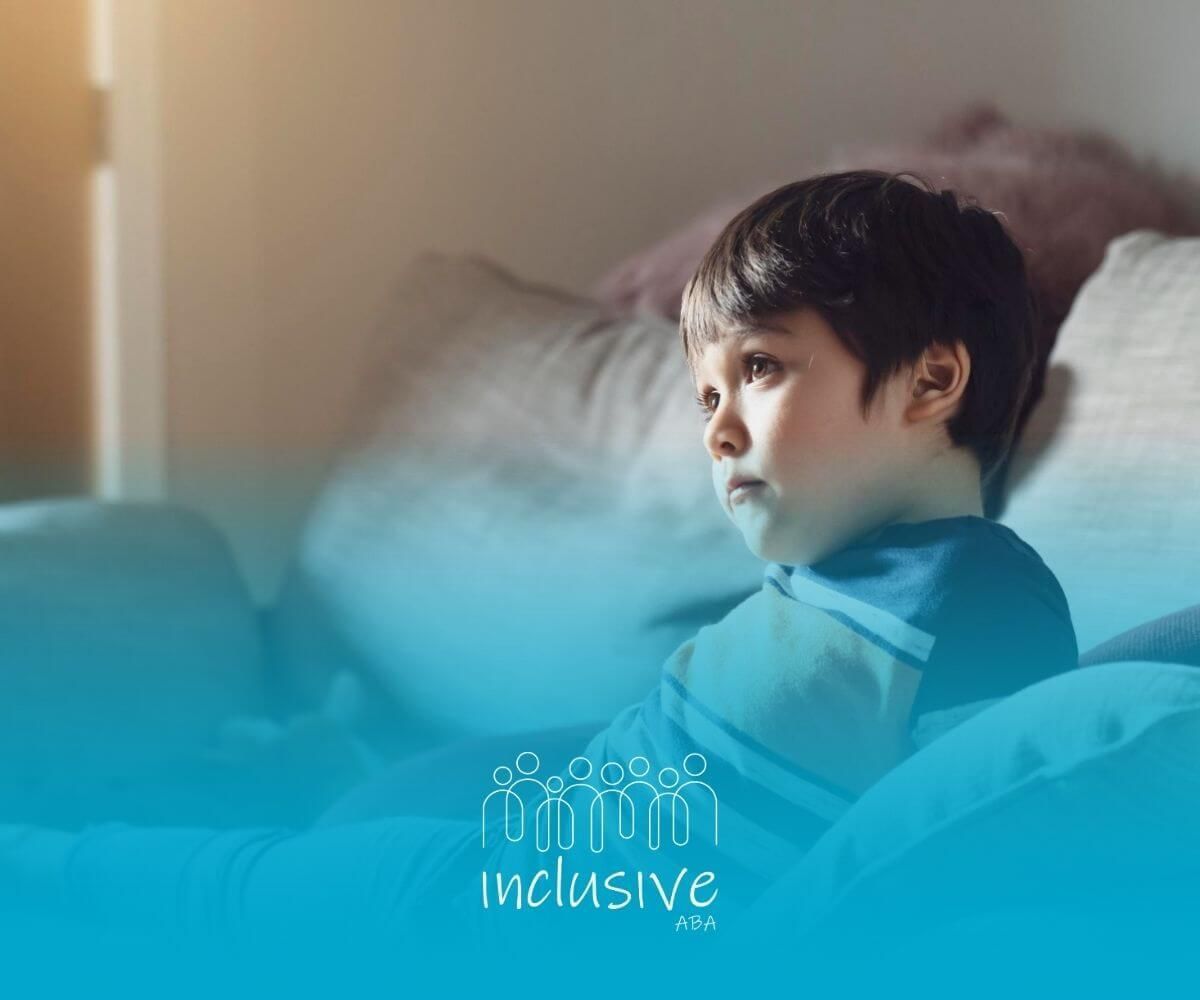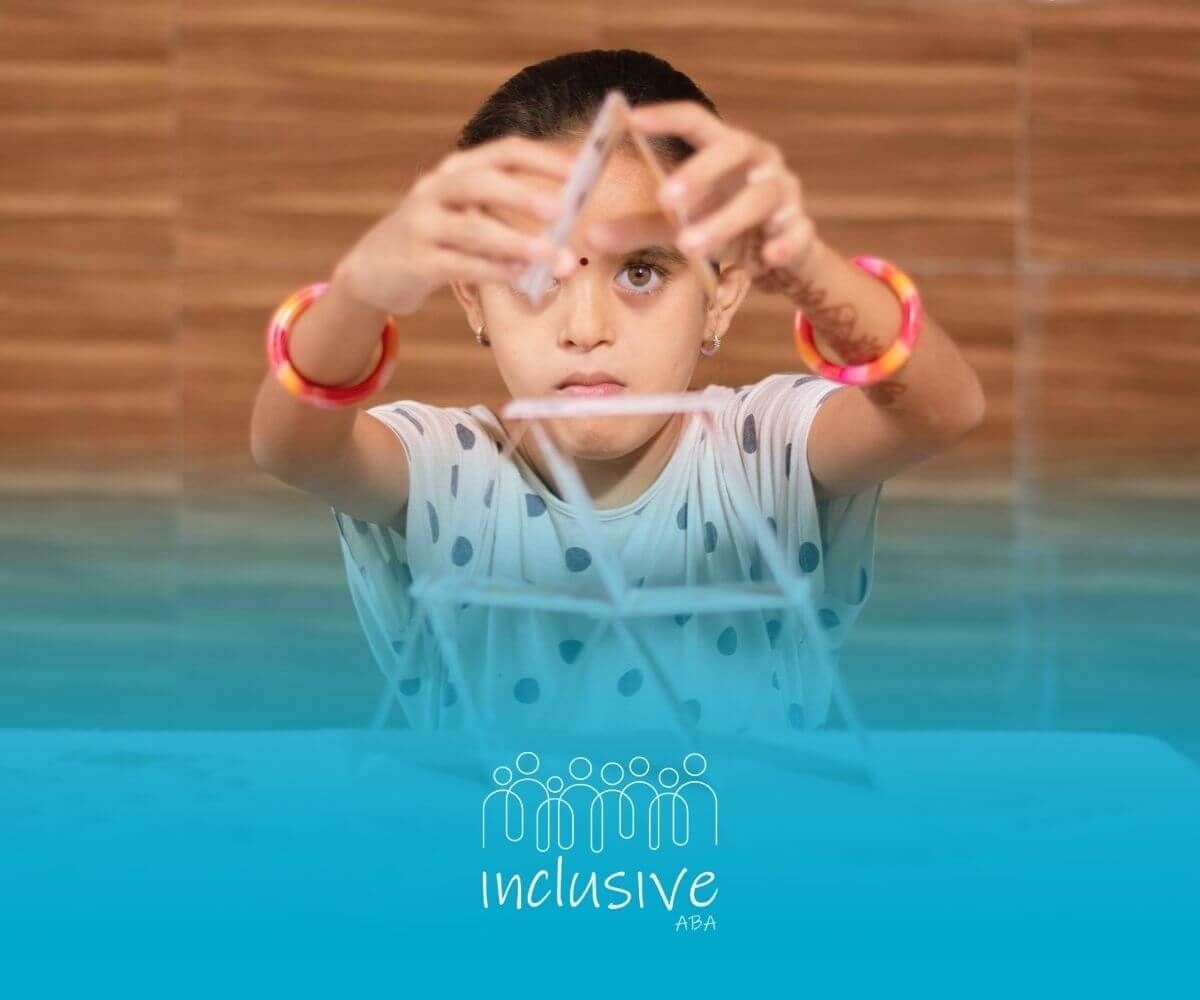The Truth: Is 40 Hours of ABA Too Much for Progress?
Deciding how much therapy a young child with autism spectrum disorder needs can be a very personal choice. It is important to find the right balance in therapy hours to help the child's growth and manage their specific behaviors. While the standard suggests 40 hours of ABA therapy, many parents are unsure if this amount really helps or overwhelms their child. Regular assessments and customized therapy plans are important. They make sure the therapy schedule meets the child’s individual needs and leads to better outcomes.
Understanding ABA Therapy
Applied Behavior Analysis (ABA) therapy is a planned method based on the principles of behavior analysis. It aims to improve certain behaviors using positive reinforcement and organized interventions. It is often seen as the gold standard for helping people with autism spectrum disorder. ABA therapy works on building social skills, communication, and everyday living skills. There are some misunderstandings about ABA being too strict. However, it is flexible and can be adjusted to fit the individual needs of each person. This ensures complete support that helps change behavior effectively and encourages real progress in different areas of life.
Definition and Core Principles of ABA
Applied Behavior Analysis (ABA) therapy is a method that helps us understand and change behavior through planned actions. At the heart of ABA are key ideas, such as using positive reinforcement to boost good behavior and lower difficult behavior. This approach uses data to make smart choices, so experts can create programs that fit individual needs. The main aim is to teach useful skills for everyday life. This helps children grow and improves social skills for those with autism.
Common Misconceptions About ABA Therapy
Many people have misunderstandings about ABA therapy. One common myth is that ABA is a strict and one-size-fits-all method. This view ignores the individual needs of children with autism spectrum disorder. In truth, certified behavior analysts create personal therapy plans to fit each child's development. Another wrong idea says that intensive ABA does not pay attention to emotional well-being. However, positive reinforcement techniques are included in sessions. These methods help promote emotional growth alongside behavior improvement. This way, ABA therapy offers a comprehensive treatment approach.
The Rationale Behind 40 Hours of ABA
A lot of time spent on ABA therapy is based on evidence showing that intensive help can greatly improve results for children with autism spectrum disorder. The 40-hour guideline comes from the idea of early intervention. It helps children gain important social skills and adapt to different situations. By spending a week in regular therapy sessions, families often see a big change in their child’s development. Still, it’s important to adjust this approach to fit each child’s individual needs. This way, they can make real progress while keeping things balanced.
Origins of the 40-Hour Recommendation
The recommendation for 40 hours of ABA therapy comes from studies that showed consistent and focused care is important for children with autism spectrum disorder. Research by behavior analysts found that kids who had more hours of therapy usually improved their social skills quicker and had fewer problem behaviors. This approach aims to get the best results by encouraging regular practice, which helps with learning and growth. It highlights that intensive therapy plays a key role in making treatment plans work well for each child's individual needs.
Intended Outcomes of Intensive ABA Programs
Intensive ABA programs aim to help children improve in many areas of their development. These programs focus on behavior analysis. They work to build social skills, reduce problem behaviors, and teach important everyday tasks. Through special therapy sessions led by certified behavior analysts, kids can see long-term benefits. Regular assessments make sure each child is moving forward in developing specific skill levels. This helps them become more independent and grow emotionally. In the end, the goal is to support the whole family in dealing with the challenges of autism spectrum disorder.
Assessing Individual Needs for ABA Therapy
Evaluating the needs for ABA therapy takes careful thought and attention. We must look at the child’s development, the specific behaviors that need help, and the support systems available. These factors are important for deciding how long the therapy should last. Regular assessments by certified behavior analysts help to create therapy plans that help children progress, changing them when necessary. Finding the right balance in therapy time can lead to better outcomes. This way, children can learn new skills while also staying healthy.
Factors Influencing Therapy Duration
Many factors are important in deciding how long ABA therapy should last. The individual needs of the child, like their specific skill levels and how serious their challenging behaviors are, greatly affect the number of therapy hours needed. Progress from regular assessments can also change the therapy schedule for better outcomes. Family dynamics, such as support systems and how involved parents are, influence how therapy is set up. This helps ensure therapy fits well with daily life and supports the child's overall growth.
Customizing ABA Plans Based on Child's Progress
Changing an ABA therapy plan based on how a child is doing is very important for getting the best results. Certified behavior analysts check the child's progress regularly. This way, they can make changes that fit the child's changing needs and skill levels. These changes can help boost the child's motivation and engagement. This also makes sure that therapy sessions stay relevant to everyday tasks and tough behaviors. By paying attention to the path of each young child, families can create a caring space that helps them learn and develop new skills.
Pros and Cons of Intensive ABA Therapy
Intensive ABA therapy can bring many benefits, like better social skills, changes in behavior, and stronger communication. For many kids with autism spectrum disorder, this kind of therapy can help them in the long run. This works best when they have regular assessments by certified behavior analysts. However, the emotional toll on the child and family is also important to think about. A busy therapy schedule might cause burnout or anxiety. This shows the need to find a good balance between structured support and daily life activities.
Potential Benefits of a Rigorous ABA Schedule
A strict schedule of ABA therapy can help a young child grow and learn a lot. When children attend many therapy sessions each week, they can keep practicing new skills. This practice improves their social skills and helps lessen problem behaviors. This hands-on method provides continuous positive reinforcement, helping them learn tasks faster. Also, such intensity usually speeds up their progress, resulting in better outcomes for the whole family. Starting therapy early can help a child succeed in their daily life in the long run.
Challenges and Drawbacks to Consider
Intensive ABA therapy can bring many challenges for families. The emotional toll can be tough for both the child and their family. This can lead to feeling tired and burned out. Also, having a strict therapy schedule can leave very little room for fun. This can impact the child's daily life and how they connect with others. Regular assessments are important, but they may not always show the small changes in behavior. It is crucial to balance therapy hours with family time. Doing this helps ensure better outcomes and supports the child's overall growth.
Alternatives and Adjustments to ABA Therapy
Exploring options beyond the usual 40-hour ABA therapy can help many families. Blended approaches mix different therapies, like speech and occupational therapy, to fit the child’s specific needs. A less intensive schedule may work better, allowing for regular assessments to change how often and what to focus on, which helps make steady progress. Parents are important too. They can use strategies at home to support learning in daily life. These alternatives can build a strong support system that meets the needs of the entire family.
Blended and Reduced-Hour Approaches
Blended and reduced-hour methods of ABA therapy offer flexible choices that fit a child's needs. These methods include different sessions during the week and mix in other therapies like speech or occupational therapy. This flexibility can lead to better outcomes for some kids. It helps them build social skills and adaptive behaviors at their own speed. Regular assessments by certified behavior analysts help adjust the therapy plan. This keeps it effective and supports the whole family.
Role of Parental Involvement and At-Home Strategies
Active parental involvement makes ABA therapy more effective. When parents use strategies learned in therapy sessions, it connects therapy to daily life. They can help their kids by using these techniques often and sharing important details about their child’s progress. Using strategies at home helps skills transfer and creates a teamwork approach that benefits the entire family. This involvement encourages long-lasting changes, making everyday interactions more meaningful and fun.
When considering the right amount of ABA therapy for your child, it's important to evaluate your family’s needs and goals. In-home ABA therapy can provide the convenience and personalized attention that some children require, especially when tailored to their specific needs. With a professional approach, in-home therapy ensures a comfortable and supportive environment that fosters progress and independence. If you're looking for reliable in-home ABA therapy near you, it's important to find a provider who aligns with your child’s needs and offers flexible, quality services. Reach out to explore the best options for your child's growth.
Conclusion
Deciding how much ABA therapy to use is a personal choice. It depends on individual needs and what works best for each family. For some, 40 hours of therapy meets the gold standard. However, it is important to check each child's progress often to get better outcomes. Finding the right balance between intensive ABA and daily life helps keep support systems strong. In the end, regular assessments, teamwork with certified behavior analysts, and weighing the pros and cons will help families find the best therapy schedule.
When it comes to ABA therapy, the right amount of therapy hours varies for each individual. At Inclusive ABA, we focus on providing personalized care that supports your child's specific needs and pace. While 40 hours may seem like a lot, it’s about quality, not just quantity. Our expert therapists ensure every session is designed for maximum impact, creating a tailored plan that promotes meaningful progress. If you're looking for flexible and effective ABA therapy in Nevada, Nebraska, and Colorado, we’re here to help your child thrive. Reach out today to start your journey toward lasting progress.
Frequently Asked Questions
How do I determine if 40 hours of ABA is too much for my child?
To know if 40 hours of ABA therapy is right for your child, think about their specific needs, progress, and overall happiness. Talk with experts to check its effectiveness. Make sure the therapy fits well with your child's growth goals and personal situations.
How can I determine the right amount of ABA therapy for my child's needs?
To find the right amount of ABA therapy for your child, think about their specific behavioral challenges, age, and learning style. Work together with therapists to check how they are doing regularly. Adjust therapy hours based on their individual needs to help them grow and develop in the best way possible.
What factors might influence the effectiveness of 40 hours of ABA therapy per week?
The success of 40 hours of ABA therapy can be affected by many things. These include the specific needs of the child, how well they respond to the therapy, the skill of the therapist, how consistently the therapy is given, and the support from family members. All these factors can have a big effect on the child's overall progress.
Looking for Expert Help? We're Here for You!
Our compassionate and skilled team is devoted to enhancing your child's development through customized ABA therapy. Let us partner with you to create a supportive environment for your child's success.
Discover how we can help your family thrive with expert ABA therapy.
Related Posts







